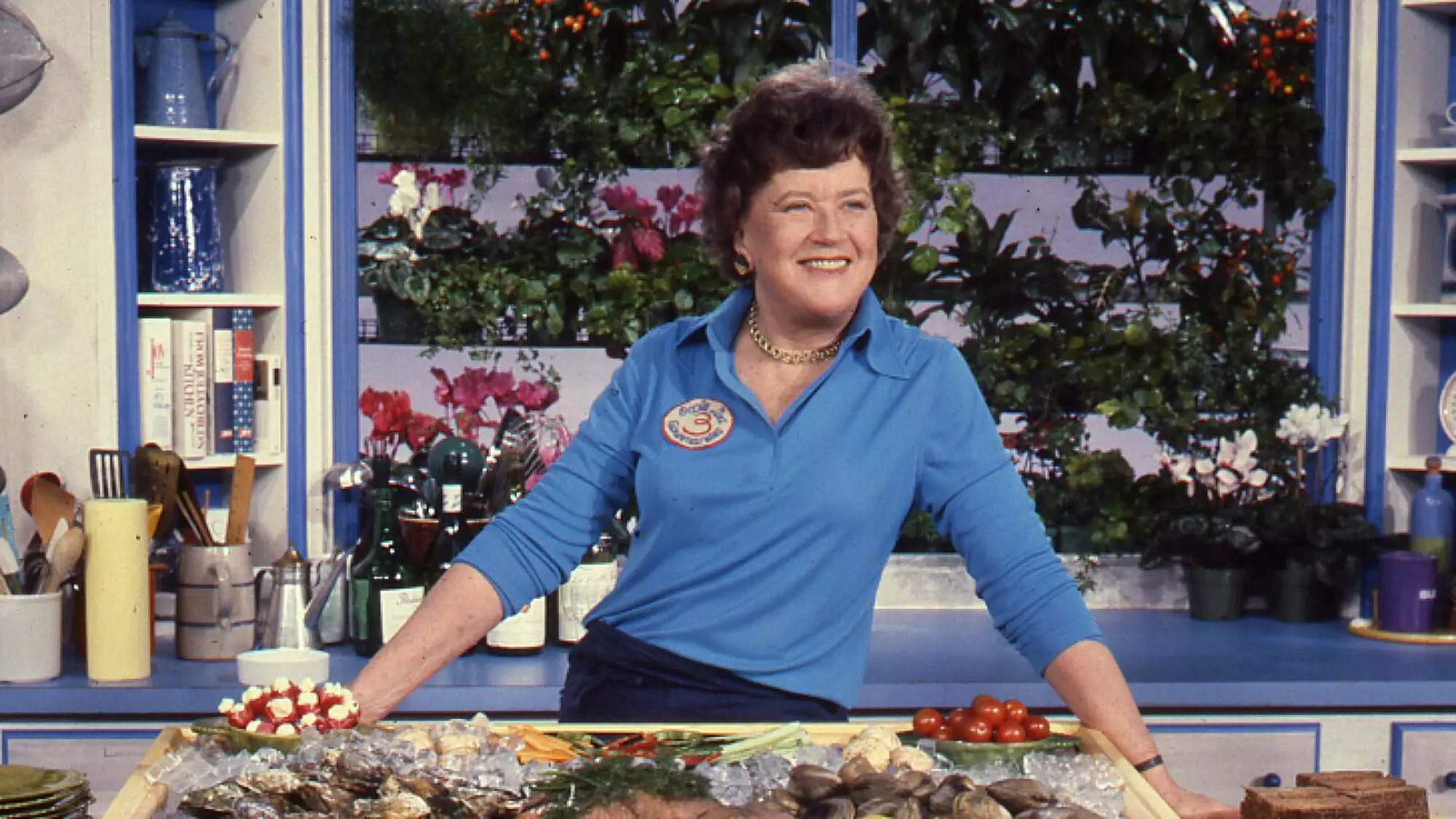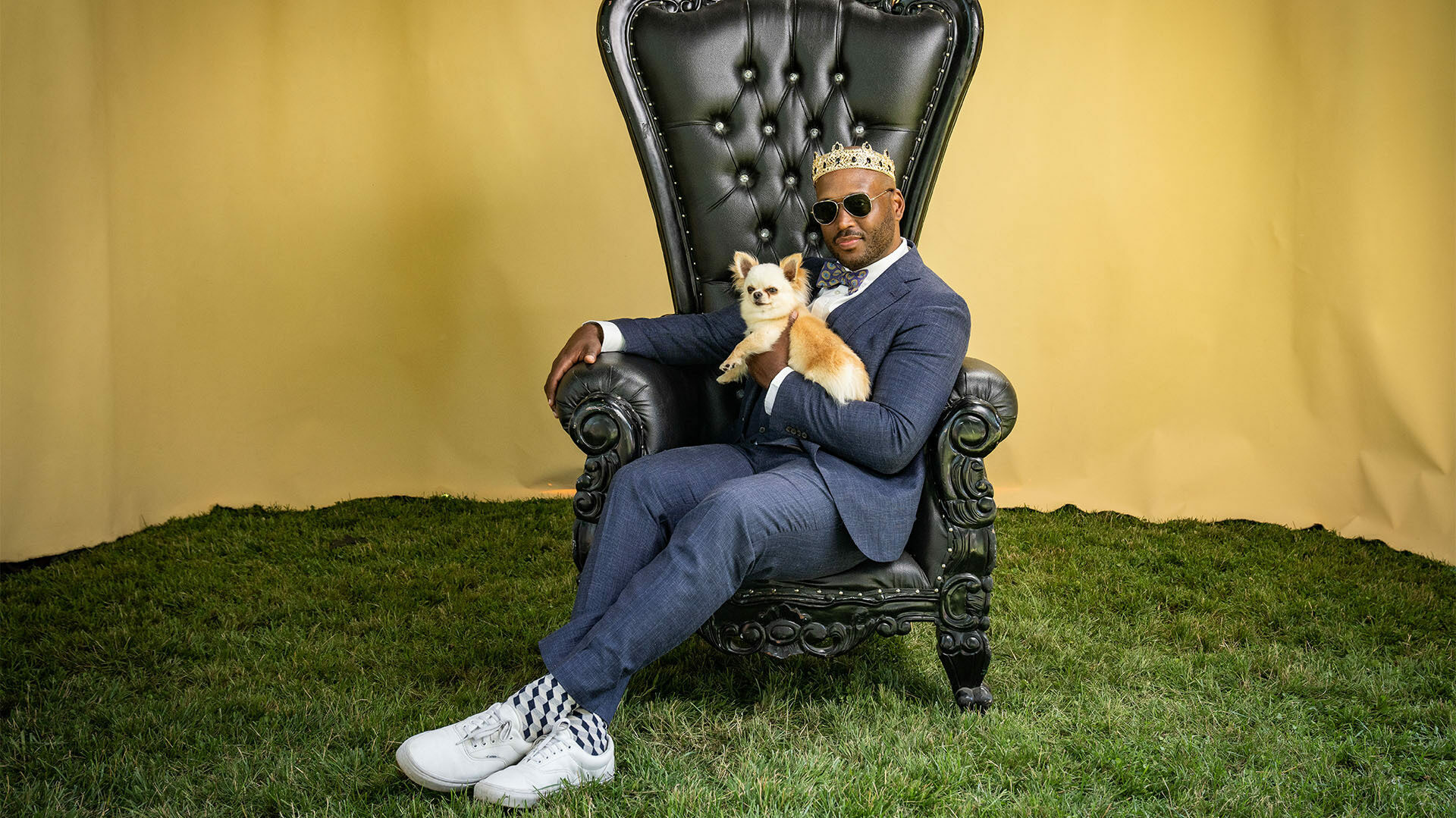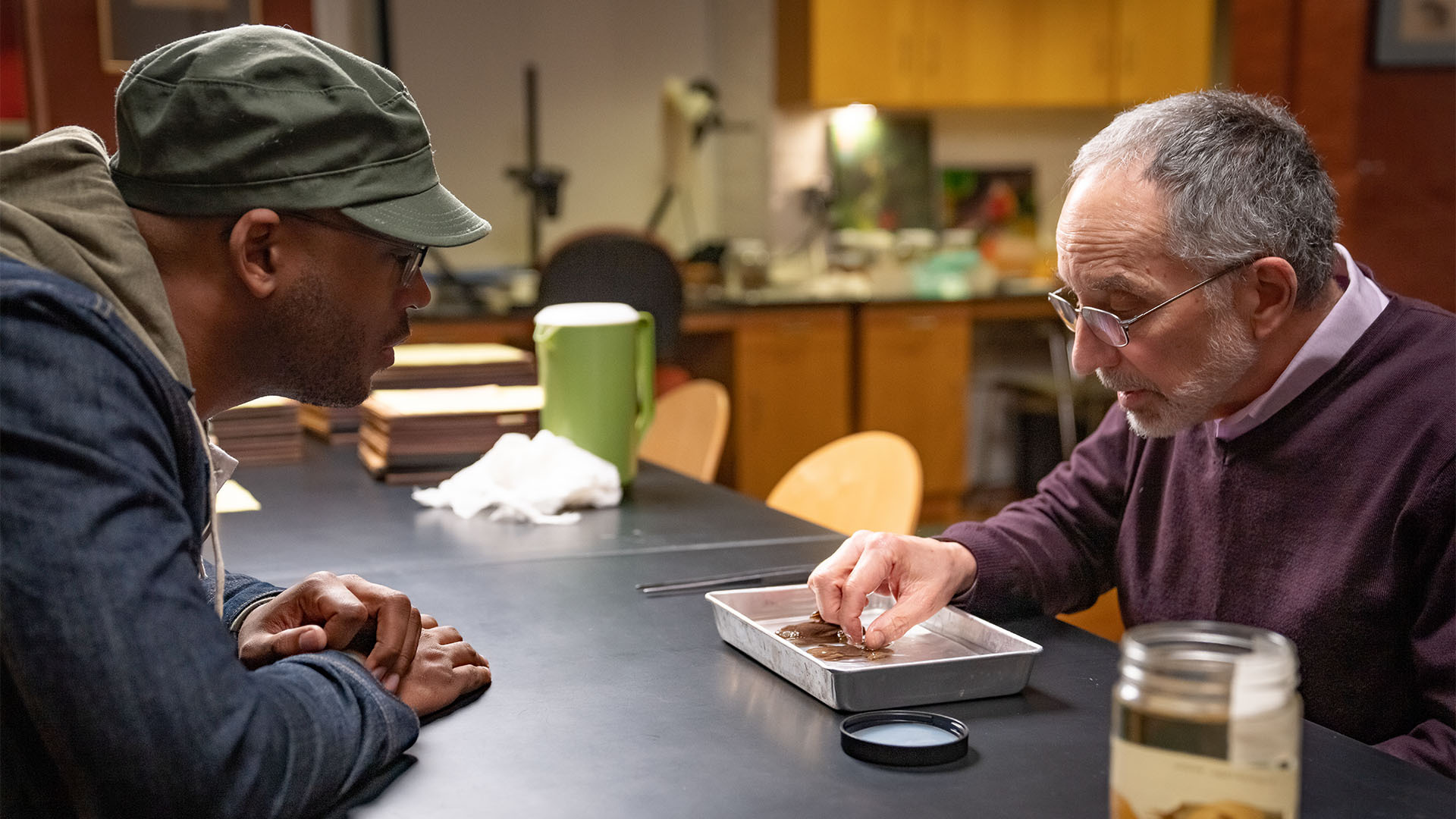An ecosystem is a particular environment where plant and animal species interact. As humans, we all play a role in our ecosystems — and as Biologist Shane Campbell-Staton explores in “Human Footprint” on PBS, that role is often surprising.
Join Shane and all of us here at PBS as we take a closer look at the unseen impact we have on the natural world.

4 Surprising Ways Humans Impact Ecosystems
Our world is changing, and the human population is leading the charge. But it’s not all about deforestation, global warming, acid rain and other environmental problems. We can positively or negatively affect every Earth system — and it all depends on our habits.
In “Human Footprint,” Shane explores this human power and what it really means. Here are four of the most surprising things he uncovers:
#1: We Play Favorites
When a certain animal or plant is labeled an invasive species, the logical conclusion is to prevent and control it, right?
Well, that’s not always the case — especially when human emotions come into play.
Take, for example, domestic cats. In Episode 4, Shane learns that these furry creatures are actually invasive, as their hunting habits contribute to biodiversity loss. However, we continue to protect and love them, sometimes at the expense of native species. In some places, human residents even chase off local neighbors like coyotes — which are indigenous to the area — to protect pets.
And we don’t just play favorites when a species is cuddly, either. Later in Episode 4, Shane shares that we use 80 million pounds of fertilizer and trillions of gallons of water on turf grass each year. Despite the strain on just about every resource, we keep replacing native plant species we find less appealing — even if they’re better for natural ecosystems, more drought-resistant and easier to care for.
#2: We Alter Species
If you’ve ever seen a purebred dog, you know that humans are well-versed in altering our favorite species. We selectively breed for coat color, temperament, skills and more.
As it turns out, we’re doing the same thing to other animals without even realizing it. In Episode 5, Shane heads to Puerto Rico to meet crested anoles — small lizards that have adapted to city life despite habitat loss. These crafty critters show distinctly different limbs, toepads and even heat tolerance from their forest cousins, proving that humans change the rules and crested anoles keep playing the game.
That’s right: Our activities can change how animals evolve. While this doesn’t necessarily prevent extinction and may create new opportunities for invasive or alien species, it’s interesting to think that your life impacts so many smaller ones.
#3: We Make Noise
Noise is part of almost everything we do. But when this noise becomes pollution — when it's excessive and potentially harmful — we can do more damage than we know.
Long-term exposure to excessive noise can impact our sleep patterns, cardiovascular systems, cognitive function and more. Unfortunately, it has many of the same effects on the native species in our natural ecosystems. Almost all biological groups, from amphibians and reptiles to mammals and birds, can be impacted by noise pollution. The same is true for habitats: Forests, coral reefs, coastal environments and other areas suffer from noise pollution.
This occurs for two main reasons. Firstly, human noise interrupts the sounds animals use to hunt and communicate. Secondly, and perhaps most impactfully, human interruption frightens and stresses animals.
You might not think about the sound of your plane as you fly off on vacation or the noise your favorite products make when they’re first being manufactured — but other species certainly do.
#4: We Fix Our Mistakes
In 2000, the hole in the ozone layer stopped growing. By 2023, it was even said to be “healing.” That was a mixed blessing for us humans — because although we helped address this problem, we were the ones who contributed to it in the first place.
The story begins in the mid-1970s, when we found out that activities such as spraying aerosols and using air conditioners could harm the ozone layer. In 1985, we learned that this issue had become a big hole — literally. Alarmed by the possibilities of increased skin cancer risk, biodiversity loss and more, governments worked together to phase out ozone-depleting products.
Nearly 40 years later, we’d turned our problem into progress. This is an example of how people can come together to protect our natural habitat, fix our mistakes and answer critical questions — even those as big as global climate change impacts.
Support your local PBS station in our mission to inspire, enrich, and educate.
Protecting Water, Native Species and Our Planet
From endangered species and habitat destruction to air pollution and a lack of clean water in some areas, it’s true that humans can have a significant negative impact on the planet. But don’t forget that we can do a lot of good, too.
That’s the idea Shane explores in “Human Footprint.” Follow along on his adventures to learn why you’re a key part of your ecosystem just like other species.
Watch full episodes of “Human Footprint” on PBS.
This article was researched and compiled by Brafton in collaboration with PBS.

The best of PBS, straight to your inbox.
Be the first to know about what to watch, exclusive previews, and updates from PBS.




